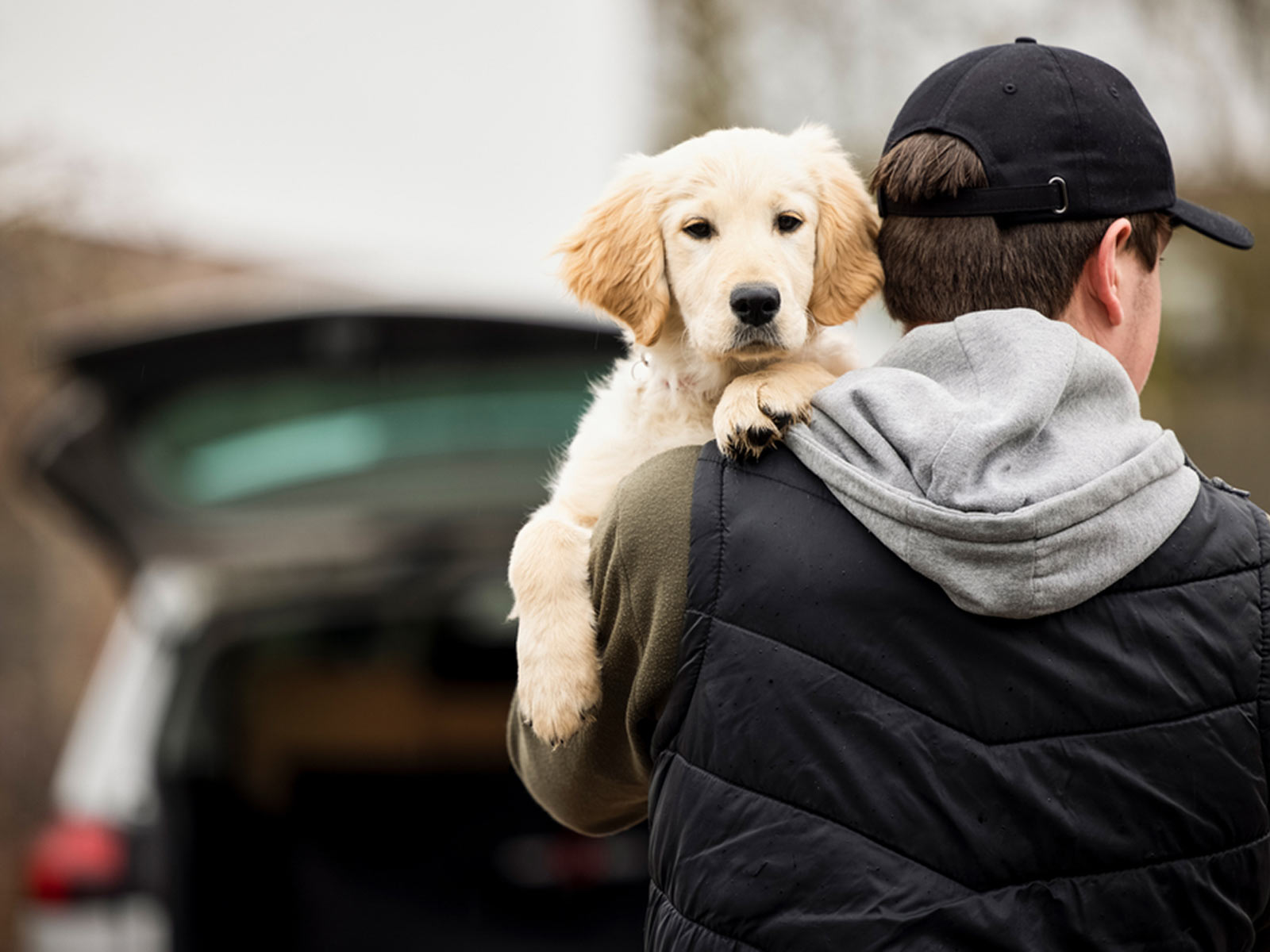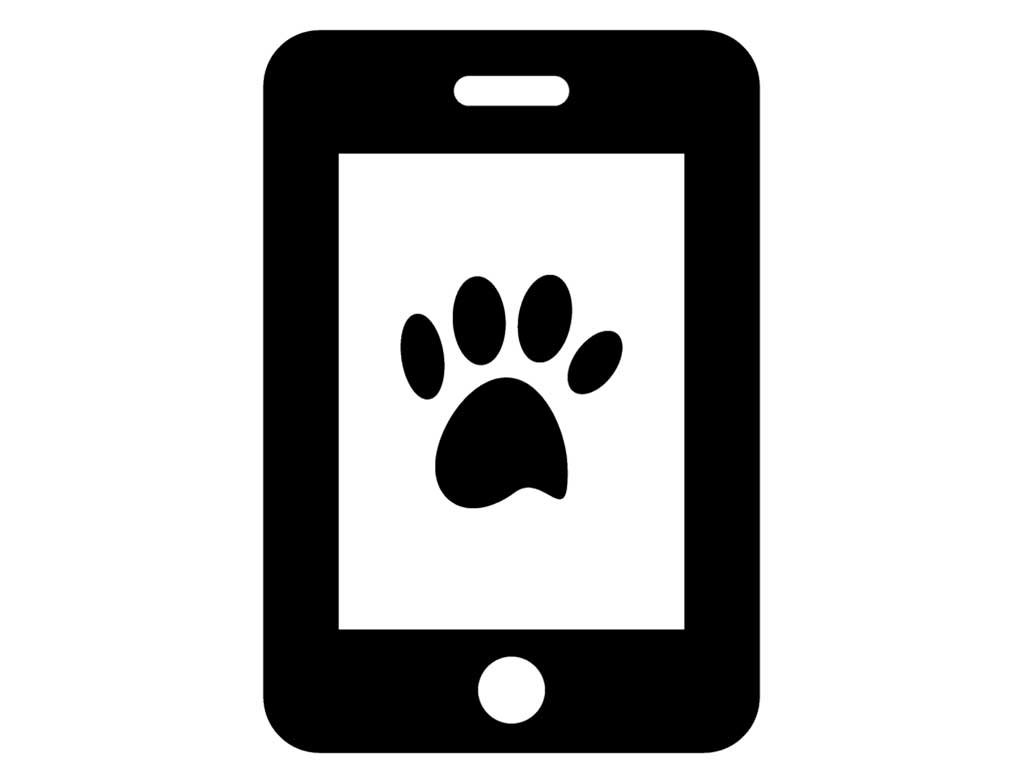Avoid These Common Dog Training Mistakes
Dog training is something that must be done right in order to be effective. Are you making one of the most common dog training mistakes? There are many common dog training mistakes that an inexperienced owner can make. Ensure you avoid the following dog training mistakes.

#1. Not Training Often Enough
Your canine learns from repeating certain tasks over and over. As such, you will need more than a few training sessions for him to master your commands. Ideally, you should work on new tasks a little each day until they have been fully mastered. When using a trainer, work with your dog in between sessions to help reinforce what he has learned.
#2. Being Inconsistent with Rules
If you establish a rule, you should enforce it consistently and not make exceptions. It only confuses your dog if you allow him to disobey a rule one time and then get onto him for breaking it the next. For example, if your dog is not allowed to sleep in your bed, do not let him do it just because he is frightened or sick.
#3. Improper Timing of Rewards
Rewards must come almost immediately if your dog is to associate them with positive behavior. At most, you should wait no more than two to three seconds between the desired action and at least a word of praise. Wait any longer than that, and your canine will likely be confused as to why you are rewarding him.
#4. Showing a Treat too Early
Treats are a valuable way to encourage good behavior. However, when showing them to your dog upfront, there is a chance he will associate seeing the treat with the desired action. As a result, you may later pull out a treat and find he automatically sits. At the same time, when you offer a command but do not show a treat, your dog may refuse to obey.
When giving any treat, wait to show it until after your canine has obeyed. In that way, your dog will learn to associate more than one command with a positive reward.
#5. Using Aggressive Discipline Methods
Most dogs respond better to positive discipline than they do negative. As such, you should never hit, spank, or jerk your dog’s leash. Doing so will likely promote aggressive behavior while failing to provide you with the results you desire. Your dog is also less likely to trust you, in which case you might have even more difficulty training him in the future.
#6. Command Nagging
Command nagging occurs when you continuously repeat a command word over and over. This normally happens when a dog does not respond the first time, and the owner becomes over-anxious. The problem with command nagging is that it teaches your pet that it is not necessary to listen the first time. Now, rather than sitting right away, he may wait until he hears the command on three or four occasions.
Think of command nagging as akin to threatening your children but never following through. Eventually, your kids will learn you are really not that serious and that they do not have to listen until you become highly frustrated. It is essentially the same thing with your dog.
#7. Expecting too Much too Soon
It is easy to become frustrated when your pet does not seem to progress as fast as you would like. That does not mean you should just get tired and give up. Every dog learns differently, and some just take more training than others. Even so, if you do not have the time to train correctly or have an especially stubborn canine, you can always contact Canine Commander for assistance instead.




